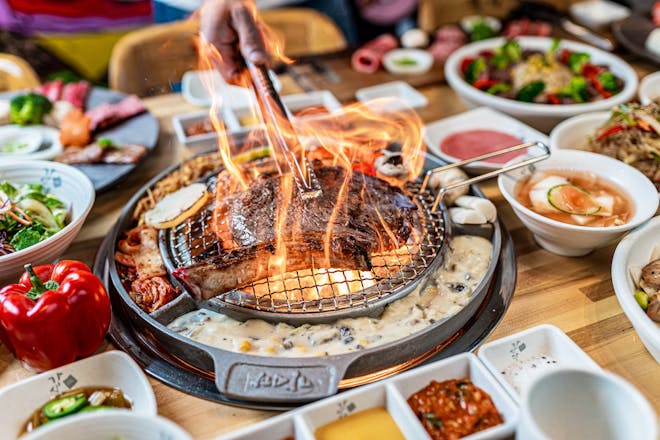Reverse Sear Steak Temperature: The Ultimate Guide
When it comes to preparing the perfect steak, the reverse sear method has gained popularity among both professional chefs and home cooks. With this technique, the reverse sear steak temperature is crucial to achieving that delectable crust and tender interior. Let’s dive into the details of mastering this culinary method.
Understanding the Reverse Sear Method
The reverse sear is a two-step process. It involves initially cooking the steak at a low temperature in the oven or on a cooler part of the grill, and then finishing it off with a high-temperature sear on a hot skillet or over direct heat. The goal is to provide more control over cooking the steak to the perfect level of doneness before adding that gorgeous, flavorful crust.
Start with the Right Cut
Before jumping into temperatures, it’s important to select the right cut of meat. The reverse sear method works best with thicker cuts of steak—think at least 1.5 inches thick. Cuts like ribeye, porterhouse, or a New York strip are ideal due to their marbling and thickness.
Selecting the Ideal Low-Temperature Cooking Phase
The initial phase of the reverse sear method requires cooking the steak at a low temperature. Aim for an oven or grill setting between 200-275°F (93-135°C). The lower the temperature, the more evenly your steak will cook, but it will also take longer. Some experimentation may be necessary to find the sweet spot for your preferences and equipment.
Monitoring Internal Temperature
Use a reliable meat thermometer to monitor the steak’s internal temperature during the slow-cooking phase. The target temperature for this phase is typically 10-15°F (5-8°C) below your desired final doneness. For a medium-rare steak, you would remove the steak from the oven when it reaches an internal temperature of around 110-115°F (43-46°C).
Executing the Perfect Sear
Once your steak has reached the target internal temperature, it’s time for the sear. Preheat a cast-iron skillet or grill to high heat—you’re aiming for temperatures of 500-600°F (260-316°C) for the searing process. This intense heat is what will create the Maillard reaction, giving the steak a flavorful and crisp exterior.
The Searing Window
The searing window is brief—usually 1-2 minutes on each side. Be attentive and do not leave the steak unattended as it can go from perfectly seared to burnt very quickly. Once seared, let the steak rest for a few minutes to allow the juices to redistribute.
Additional Tips for the Reverse Sear
Season your steak generously before cooking. Salt, in particular, is crucial for flavor and can help to create a better crust. Also, allowing the steak to come to room temperature before cooking can help it cook more evenly.
Remember, the reverse sear steak temperature is a guideline, and personal preference plays a significant role. Don’t be afraid to adjust temperatures slightly to achieve your perfect steak.
Finally, while resting the steak is important, you don’t want it to cool down too much. Covering it lightly with foil can help retain heat without cooking the steak further.
